There white cochineal (Pseudaulacaspis pentagona) is an insect belonging to the order Rhyncotafamily Diaspididae. On some texts it is indicated with the synonym of Diaspis pentagonawhile it is commonly known as white cochineal of peach and mulberry. This parasite is native to the Far East, probably Japan. It was accidentally introduced to Europe in the late 1800s via northern Italy. Since then it has spread in a cosmopolitan way, currently it is distributed in most of the territories of the 5 continents between 45 ° north and south latitude.
So let’s see how to recognize the white cochineal, the damage it causes to tree crops, the agronomic prevention techniques to reduce its presence in the orchard, and the biological defense on already infested plants.
Description of the white cochineal
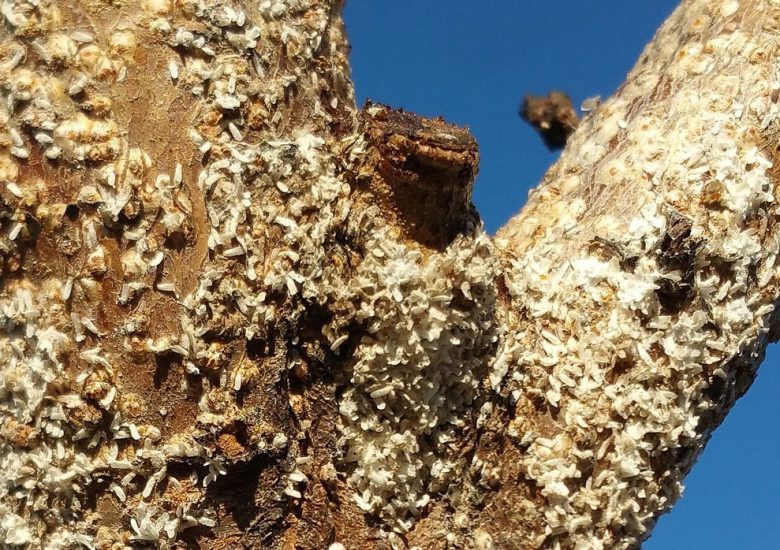
There Pseudaulacaspis pentagona it comes in different forms, feminine and masculine.
The female follicle is circular or sub-circular, creamy white with reddish exuvia in a displaced or, more rarely, central position. It measures 2-2.8mm in diameter.
The adult female form is orange in color, slightly piriform in appearance, with the most developed mesothoracic part and well-marked lobes of the thorax and abdomen. The antennae are close together, with a large conical basal tubercle surmounted by a bristle. This species of white cochineal is characterized by the presence of forked lateral glandular spines.
Then we have the male follicle, linear and weakly keeled, white with yellow apical exuvia. Measures 1mm in length.
The egg-yellow adult male has a single pair of wings and a long tail stylet. Measures 0.9mm in length.
Finally, the eggs, of orange color if females originate, white-yellowish if male individuals are born from them.
- Adult female
- Adult male
Plants attacked
The white cochineal Diaspis pentagona not only is it one of the main ones pests of the peach treeit is also extremely polyphagous, being able to attack countless tree, forest and ornamental crops.
We have already mentioned the mulberryboth black and white, but subject to its attacks is also the paper mulberry (Broussonetia papyrifera). Other fruiting plants that host the white cochineal are: Kiwi, apricot, plum, almond tree, Cherry tree, papaya, wot, currant and, occasionally, Apple tree, However And quince. Rarely the vine plant.
Among the wooded and ornamental we have: hackberrycatalpa, evonimo, ash tree, geranium, wisteria, hibiscus, cherry laurel, privet, lilac, oleander, passionflower, paulowniapeony, sofora etc.
The damages of the white cochineal

There Pseudaulacaspis pentagona it mainly infests the branches and the stem of the various host plants, giving rise to thick encrustations. The vegetative parts attacked perish and, in the most serious cases, dry up.
On fruits, such as peaches and cherries, reddish spots appear at the attachment points, very similar to those caused by San Jose cochineal (Quadraspidiotus perniciosus), only slightly more nuanced. The fruits affected are qualitatively deplorable and certainly not marketable.
Biological cycle
The white cochineal Pseudaulacaspis pentagona it survives the winter as a fertile mature female, protected by the follicle, by cortical films and by the ventral veil which completely cover it. At the end of April she resumes her activity, laying up to 170 eggs, which accumulate under the shield and hatch in a scaled manner. Upon hatching, the nymphs remain numb for an hour, then move to fixate on other parts of the vegetation. After they become fixed, they begin the formation of a temporary follicle using a substance secreted by the abdominal glands.
Towards the end of May, when part of the eggs are still hatching, the first nymphs make the first moult, followed by a second after about 15 days. Between the first and second moult they build the definitive follicle.
The development of male nymphs is faster. The winged males appear when the females are finishing the last moult, therefore they are fertilized in a juvenile phase of development.
Successive generations
Under normal conditions, the eggs of the second generation are laid from the end of June until the second decade of July and from these the new nymphs are born, by the end of July. The third egg-laying takes place between the last ten days of August and the first half of September. Beginning in early September, the nymphs of the wintering generation appear.
So Pseudaulacaspis pentagona it completes 3 generations in a year, in climatically unfavorable years, where there are delays in fertilization, the generations are 2.
The antagonistic insects of the white peach and mulberry cochineal
Luckily there are numerous insects that play the role of antagonist of the white cochineal Pseudaulacaspis pentagonasome are predators, others parasitoids.
Among the predators we include: Chilocorus bipustulatus, Exochomus quadripustulatus, Lindorus lophantae (ladybird beetles); Cybocephalus rufifrons (foodcephalid beetle); Antrocnodax diaspidis (diptero cecidomide).
Among the parasitoids instead: Encarsia berlesei (endophageal calcidoid hymenoptera); Aphytis diaspidis, Aphytis proclia (ectophagous calcidoid hymenoptera); Pteroptrix orientalis (aphelinid hymenoptera, widespread in Campania with high rates of parasitization).
Obviously, in order for the beneficial insects to settle in the habitat and play their role of natural containment of the white cochineal, it is necessary that the environment of the orchard is spared from the use of harmful chemical pesticides.
Mechanical defense against white scale insects
To defend the orchard of the white cochineal, it is possible to intervene first of all with the mechanical removal of the parasite from the vegetation. Using a natural horsehair brush (like this one) vigorous brushing of the branches and branches where the cochineal is fixed must be carried out. Brushing should be followed by a washing of the vegetation, possibly at high pressure, using potassic soaps.
Brushing is carried out when the leaves fall, therefore in autumn-winter.
Another mechanical intervention on the white cochineal is the one that makes use of the normal winter pruning interventions (here you can learn more about peach pruning). In the pruning cuts of trees infested with cochineal we will eliminate those most affected branches, then burning the scraps obtained.
It is obvious that pruning and brushing would be more effective if done synergistically.
Eliminate the white cochineal of the peach and mulberry

Among the products allowed in organic farming, the one most generally used to eliminate the white cochineal of the peach and mulberry is thewhite mineral oil (found here)
The treatment with white oil is preferably carried out in winter, against the wintered forms of the insect. The effectiveness is not very high, as the cochineal is well protected by the follicle, so it is always good to brush after the treatment.
In spring-summer, a valid alternative to white mineral oil which in the heat can give rise to phytotoxic phenomena, is the essential oil of sweet orangewhose correct methods of use are explained in the relative in-depth analysis.
With the spring treatment to be carried out in May, we will also reach the new nymphs of the white cochineal Pseudaulacaspis pentagona.



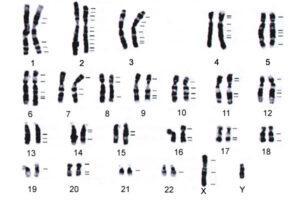
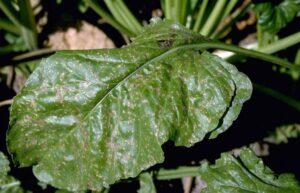

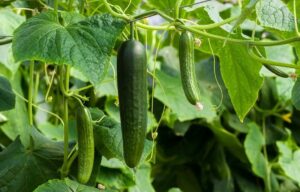
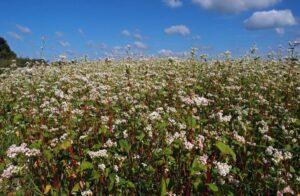
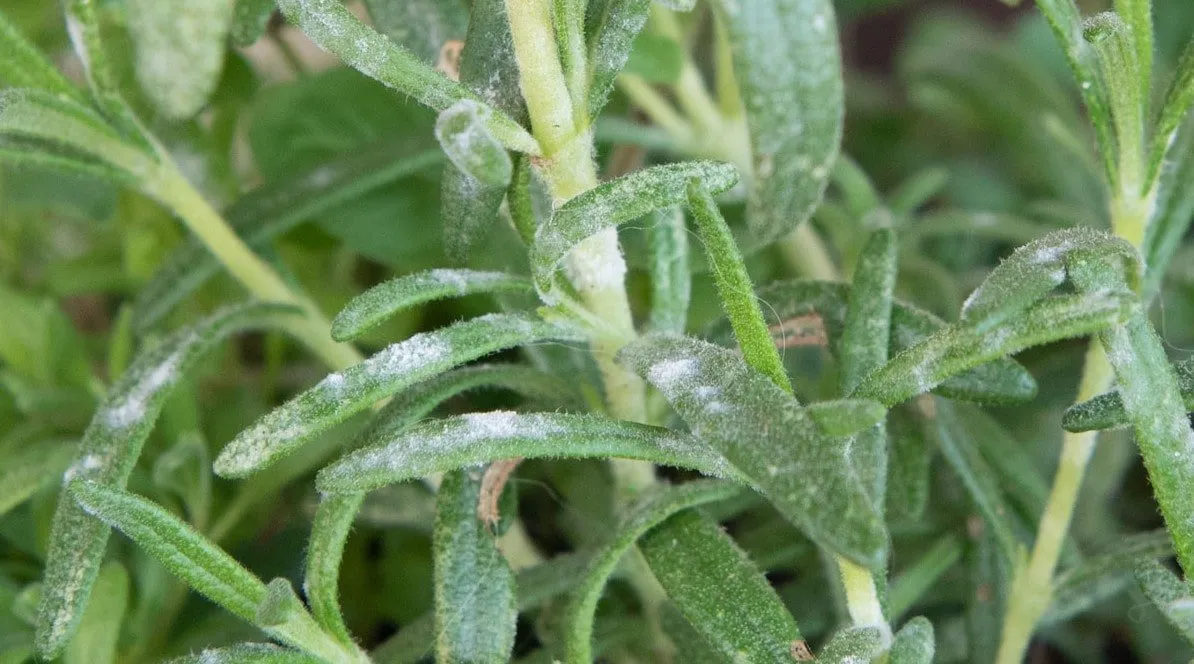
Start a new Thread